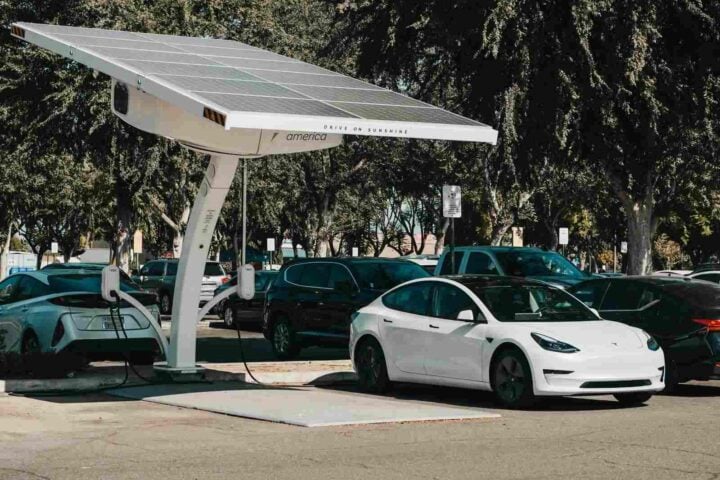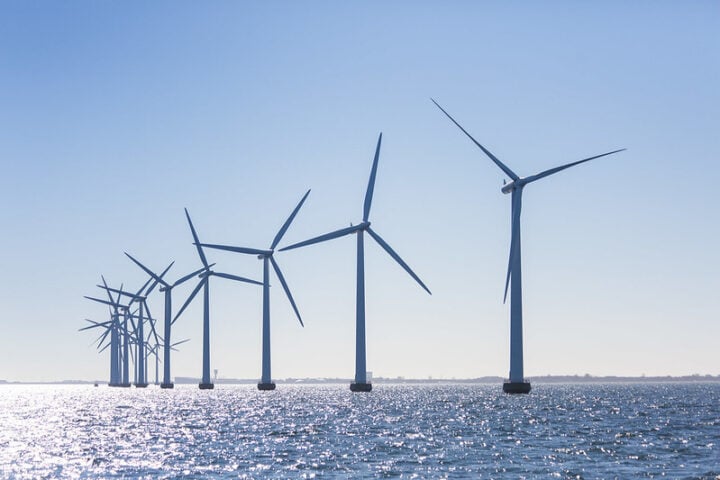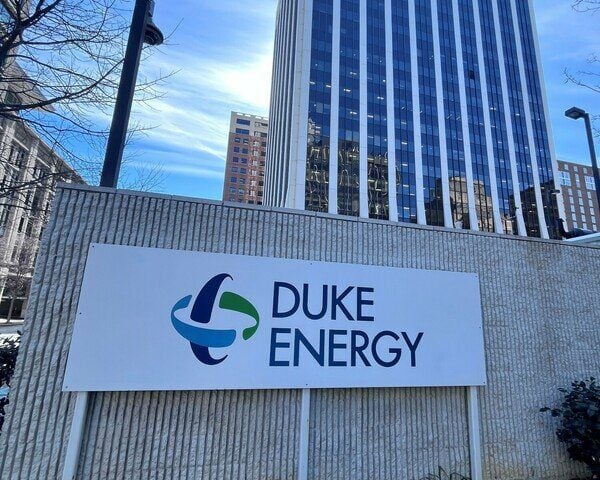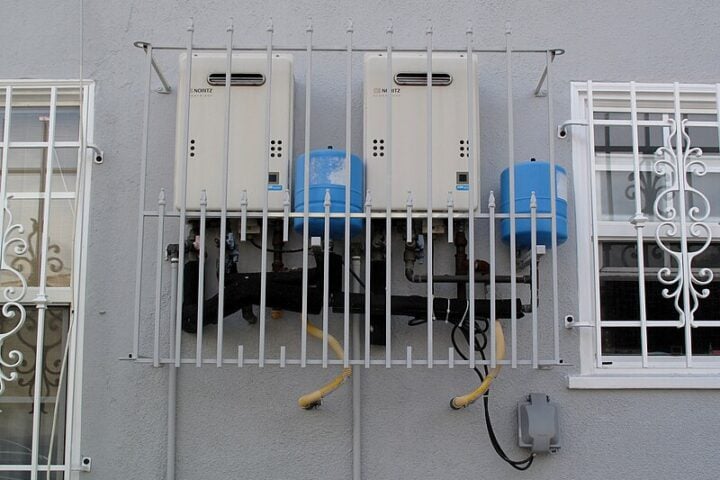The U.S. Environmental Protection Agency (EPA) and Department of Energy (DOE) have allocated $850 million to fund 43 projects targeting methane emissions reduction in the oil and gas sector. This investment, part of President Biden’s broader climate agenda, aims to assist small operators, Tribal entities, and other organizations in monitoring and reducing methane pollution.
Project Distribution and Technical Focus
The selected projects funded by the Inflation Reduction Act, representing the largest climate investment in history, include a Tribal consortium, eleven universities, and twenty private companies executing these initiatives nationwide:
- Projects helping small operators reduce methane emissions from low-producing oil and natural gas operations using commercially available technology solutions
- Projects accelerating early-commercial technology solutions for new and existing equipment
- Projects improving community access to empirical emissions data
- Projects enhancing methane detection at the regional scale
Environmental Impact and Scientific Context
Methane contributes to approximately one-third of global warming experienced today. “Over 100 years, one ton of emitted methane traps 28 times as much heat in the Earth’s atmosphere as one ton of emitted carbon dioxide,” states the EPA’s technical assessment. The oil and natural gas sector remains the largest industrial source of methane emissions in the United States.
The EPA projects an 80% reduction in methane emissions from covered oil and gas sources between 2024 and 2038 compared to baseline projections.
Official Perspectives
EPA Administrator Michael S. Regan emphasized the initiative’s dual focus: “These investments in the American oil and gas industry will support small businesses and drive the deployment of available and advanced technologies to reduce harmful pollution and tackle the climate crisis, while also helping to position the United States as the most efficient producer of oil and natural gas in the world and ensure that the industry remains globally competitive.”
Energy Secretary Jennifer M. Granholm addressed public health concerns: “The public health of our nation depends greatly on our ability to drastically reduce harmful pollution from America’s largest source of industrial methane – the oil and gas sector.”
John Podesta, Senior Advisor to the President for International Climate Policy, stated: “In order to meet our climate goals, we have to tackle methane pollution in a serious way. Today’s awards will slash local pollution from Colorado to Kentucky while delivering for our workers, our communities, and our planet.”
Financial Framework and Implementation
The total financial commitment reaches $1.36 billion through the Inflation Reduction Act’s Methane Emissions Reduction Program. This builds upon a $350 million grant allocation to states announced in December 2023.
The National Energy Technology Laboratory, under DOE’s Office of Fossil Energy and Carbon Management, will oversee project management and implementation.
More Stories
Justice40 Initiative Integration
The program advances the administration’s Justice40 Initiative, allocating 40% of climate and clean energy investment benefits to disadvantaged communities affected by pollution and underinvestment.
Technical Implementation Timeline
The initiative operates in conjunction with:
- Recently finalized Waste Emissions Charge
- Clean Air Act standards issued in March 2024 to limit methane emissions from new and existing oil and gas operations
- Existing oil and gas operations regulations
Additional Resources
For detailed information about the Methane Emissions Reduction Program, stakeholders can visit the EPA and DOE websites.


















